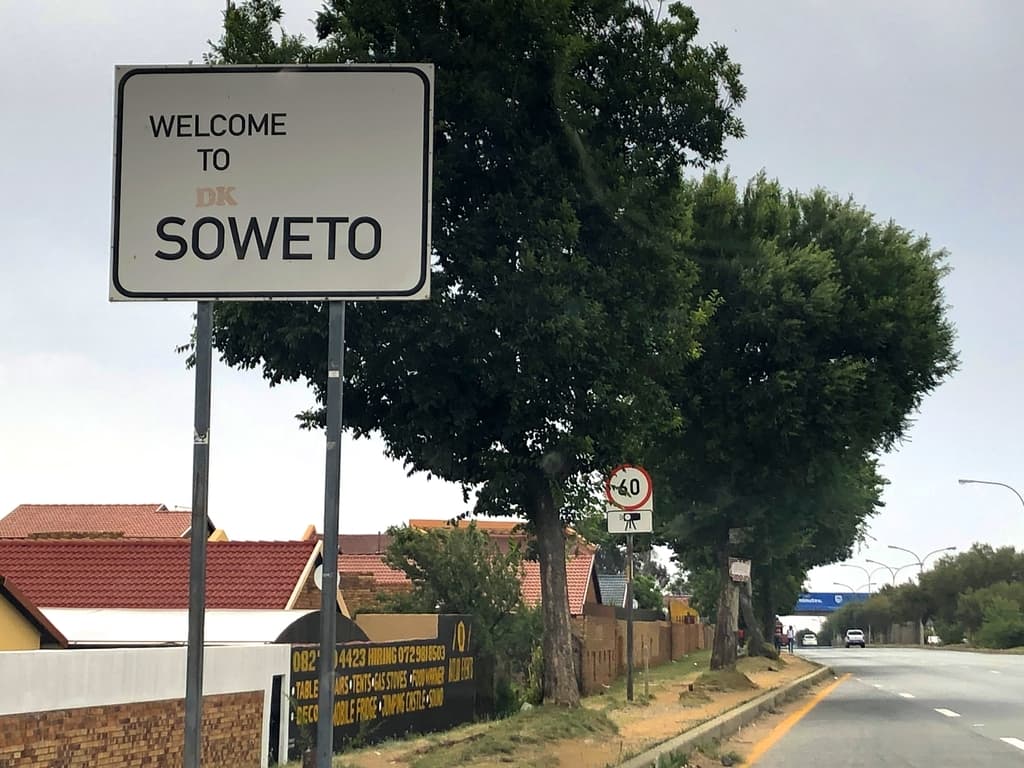
Apartheid Lessons in Soweto
South Africa’s political history has been complicated to say the least, but the one constant has been the black South African struggle to equalize rights and opportunity with the white European settlers. And while this now democratic nation has come a long way in bringing racial groups together, there is still severe economic imbalance and tension. South Africa is a beautiful country with so much to offer, but it’s hard not to notice these disparities when visiting.
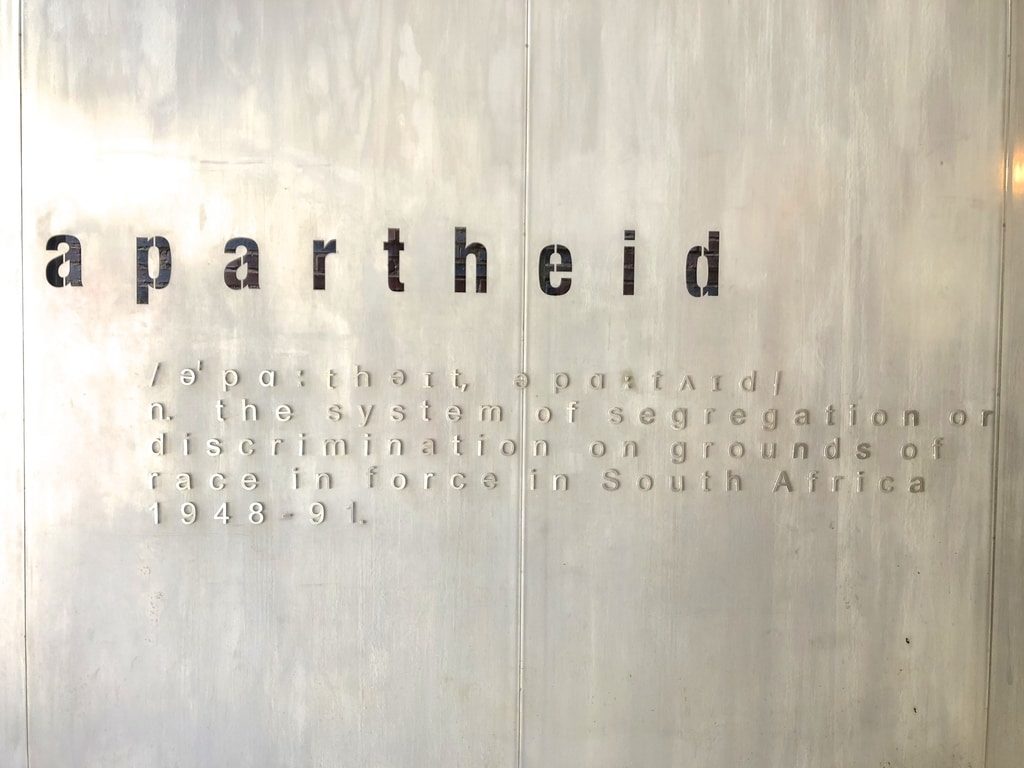
In planning our trip and spending sixteen days traveling through South Africa, I learned so much about the country’s history, which went a long way in helping me understand this nation’s current state. This is one of the reasons I love traveling… it provides an opportunity to really dig deep into the destination and understand how all the pieces fit together… an understanding I wouldn’t have, had I not visited this beautifully diverse nation.
With so many great destinations within South Africa, we decided not to spend much time in Johannesburg. But we did arrange for a visit to the Apartheid Museum and a tour of Soweto on our last day before flying home.
Our tour guide Nathan, a Soweto local, picked us up at the airport and drove us through Johannesburg to the southwest suburbs and our first stop, the Apartheid Museum.
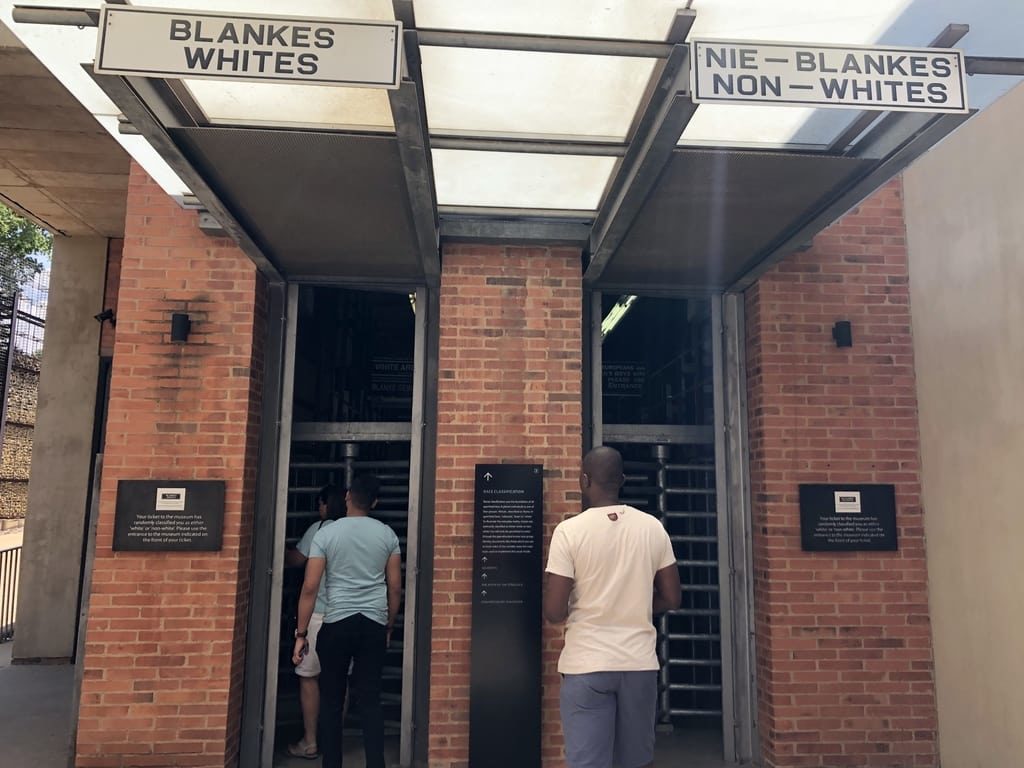
Dedicated to illustrating the journey through South Africa’s era of segregation and oppression, this museum leaves a powerful impact providing emotional insight into the struggle endured by so many. You immediately get a taste of the pain and suffering as you are asked to enter the museum through the door assigned to your skin color. While sobering, I found the few hours we spent here educational and invaluable in understanding the issues of inequality and tension that still plague this country today.
Next Nathan drove us through Soweto, South Africa’s largest black urban complex home to approximately 1.5 million people. Named by an acronym for South Western Townships, Soweto is a product of planned segregation as black people were forced to relocate to this area when their previous neighborhoods were converted to whites only. The infrastructure is lacking, although it has improved in recent years with the democratic government contributing to the addition of electricity and running water, but whatever the area lacks in aesthetics, it makes up for in vibrancy and character.
Nathan drove us through the new Diepkloof Extension, which looks like any other middle class suburb, before taking us through the old town of Diepkloof where the dilapidated matchbox houses line the trash ridden dirt streets in stark comparison. The poverty was numbing, making me feel angry that people are forced to live like this and then guilty for what I have. It puts a lot into perspective.
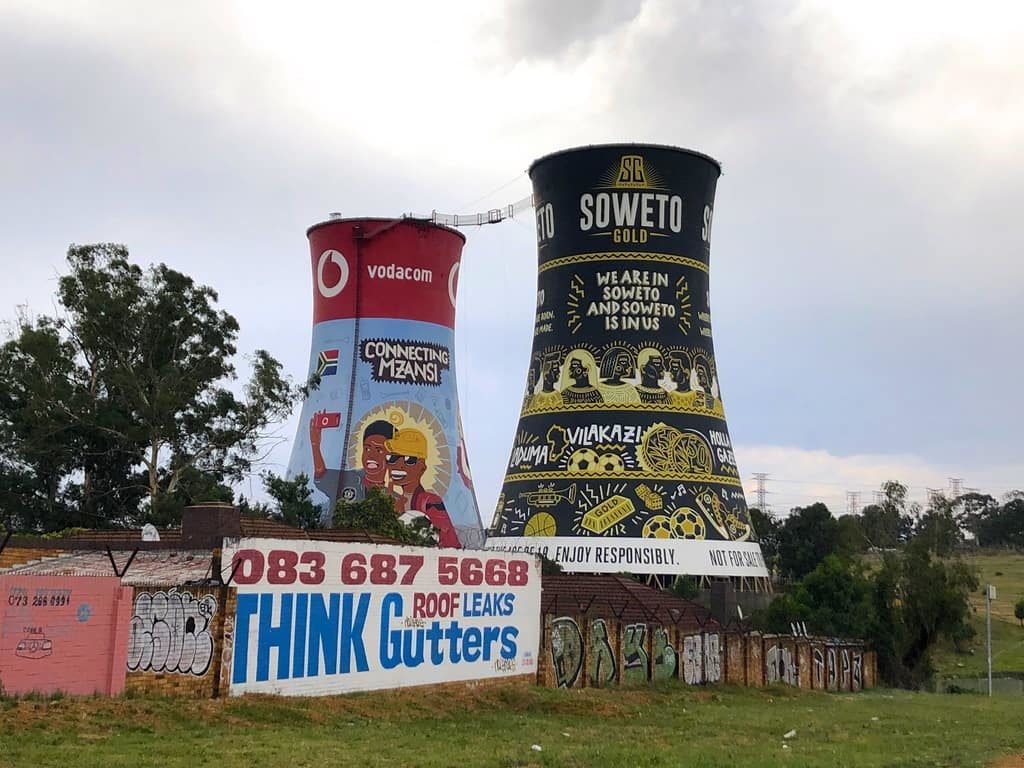
We got to see the famous brightly painted Orlando towers, formerly a coal-fired power station and now a famous bungy jump, before heading to Orlando West for a tour of Nelson Mandela’s former house on Vilakazi Street.
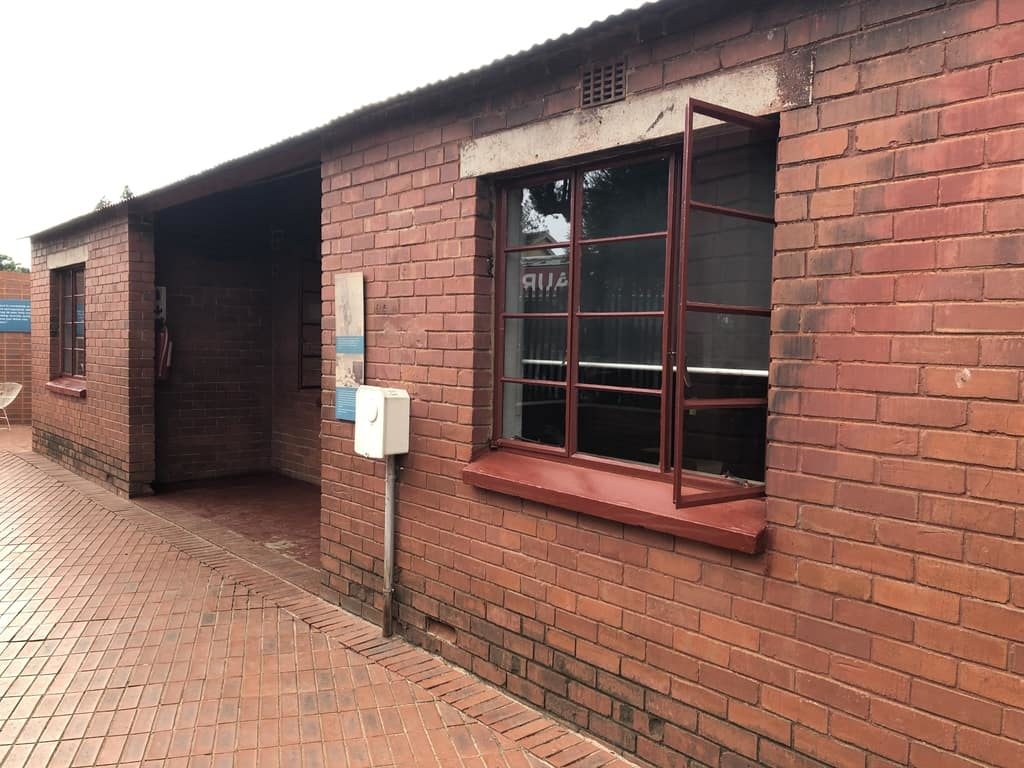
Mandela lived here with his then wife, Winnie, before he was imprisoned in 1961. Now a museum, the house showcases memorabilia from their short time together before he went into hiding and then was imprisoned for 27 years.
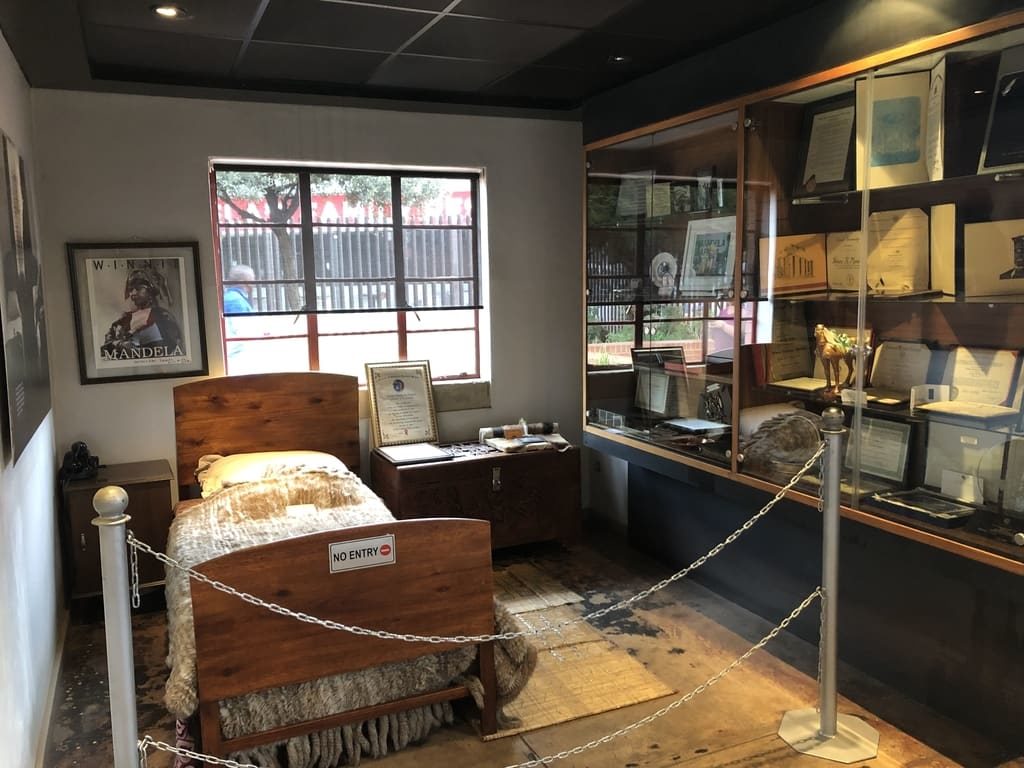
With a stop at the Hector Pieterson Memorial, we learned more about the twelve year old South African schoolboy who was shot and killed during the 1976 Soweto Uprising when police opened fire on a group of students protesting the introduction of Afrikaans as the dominant language used in local schools. Pieterson became the iconic image of the uprising after a newspaper photographer captured his lifeless body draped across the arms of a fellow student, but he wasn’t the only fatality. Approximately 566 schoolchildren lost their lives during this protest on June 16, 1976.
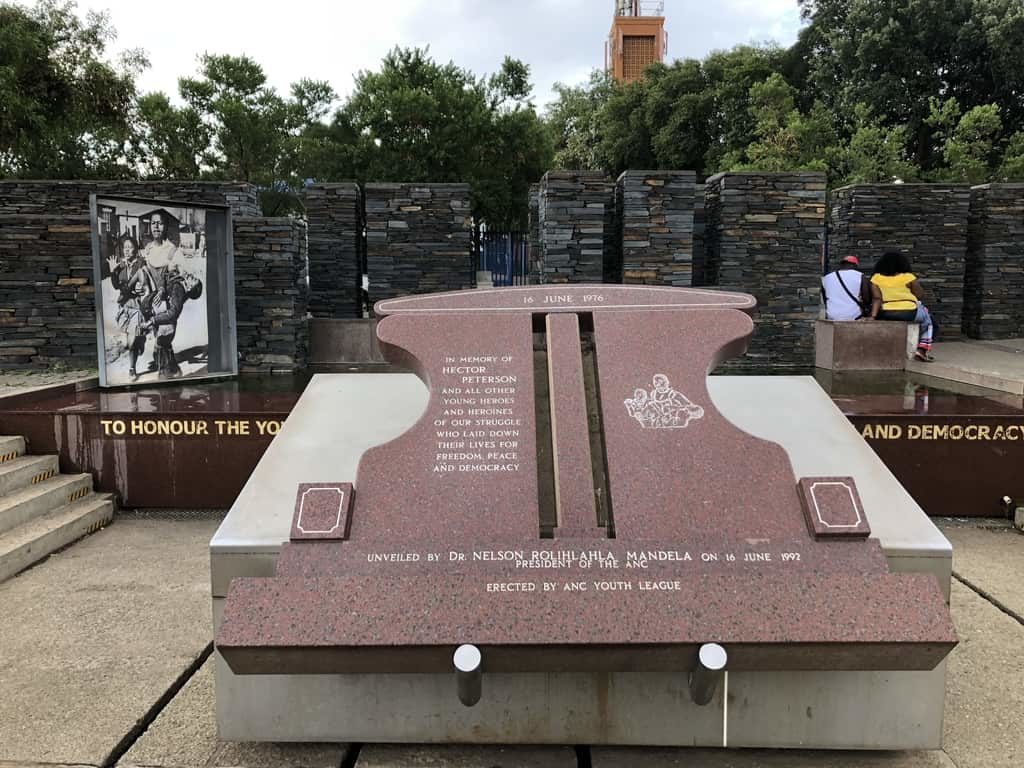
Nathan took us to Nando’s for a late lunch of peri-peri style chicken. I had no idea that this chain with outlets in my hometown back in the states, was founded in Johannesburg. Nathan ordered for us and as we ate, we enjoyed learning more about him and his family and his struggles both during and after the apartheid era. One of the major things I took away from our conversation is that he is not bitter about events of the past that have shaped his circumstances today. The people of Soweto, despite being through so much and in some instances, having so little, seem to be happy and content with their lives… just thankful for what they do have. This day left a lasting impact on me and I think we could all learn a thing or two from the Soweto locals about not focusing on the negative, but instead just being thankful for the opportunity to live another day.